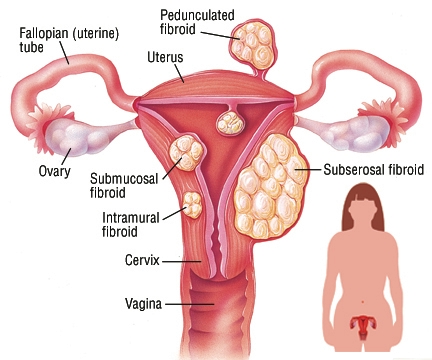 Hysterectomy is a surgical procedure to remove a woman’s uterus (Womb). In most cases, the doctor may also remove the ovaries and the fallopian tubes along with uterus during the procedure. The ovaries are the organs that produce estrogen and other hormones. The fallopian tubes are the structures that transport the egg from the ovary to the uterus.
Hysterectomy is a surgical procedure to remove a woman’s uterus (Womb). In most cases, the doctor may also remove the ovaries and the fallopian tubes along with uterus during the procedure. The ovaries are the organs that produce estrogen and other hormones. The fallopian tubes are the structures that transport the egg from the ovary to the uterus.
You may need a hysterectomy for many reasons. The surgery can be used to treat many chronic pain conditions as well as certain types of cancer & infections.
Why Hysterectomy
Your doctor may suggest a Hysterectomy if you have any of the following:
- Chronic pelvic pain
- Uncontrollable vaginal bleeding
- Cancer of the uterus, cervix, or ovaries
- Fibroids, which are benign tumors that grow in the uterus
- Pelvic inflammatory disease, which is a serious infection of the reproductive organs
- Uterine prolapse, which occurs when the uterus drops through the cervix and protrudes from the vagina
- Adenomyosis, which is a condition in which the inner lining of the uterus grows into the muscles of the uterus
- Endometriosis, which is a disorder in which the inner lining of the uterus grows outside of the uterine cavity, causing pain and bleeding
Uterus Removal Cost
The cost of Uterus Removal procedure varies from $600 to $3000 depending on other factors and one geographic area to another.
Hysterectomy Types
- Subtotal hysterectomy involves removal of your uterus but not your womb.
- Total Hysterectomy is surgery. It removes your womb and the neck of your womb (cervix).
- Radical Hysterectomy involves removal of your whole uterus, cervix, Fallopian tubes and ovaries, part of the vagina and lymph glands. It is for Cancer Patient.
Hysterectomy Procedure
- Abdominal Hysterectomy: In this procedure, the doctor removes your uterus through a large cut in your abdomen. The incision may be vertical or horizontal. Both types of incisions tend to heal well and leave little scars.
- Vaginal Hysterectomy: During the procedure, the doctor removes the uterus through a small incision made inside the vagina. There are no external cuts, so there won’t be any visible scars.
- Laparoscopic Hysterectomy: During the procedure, the doctor uses a device called a laparoscope. A laparoscope is a long, thin tube with a high-intensity light and a high-resolution camera at the front. The device is inserted through incisions in the abdomen. Three or four small incisions are made instead of one large incision. Once the surgeon can see your uterus, they’ll cut the uterus into small pieces and remove one piece at a time.





